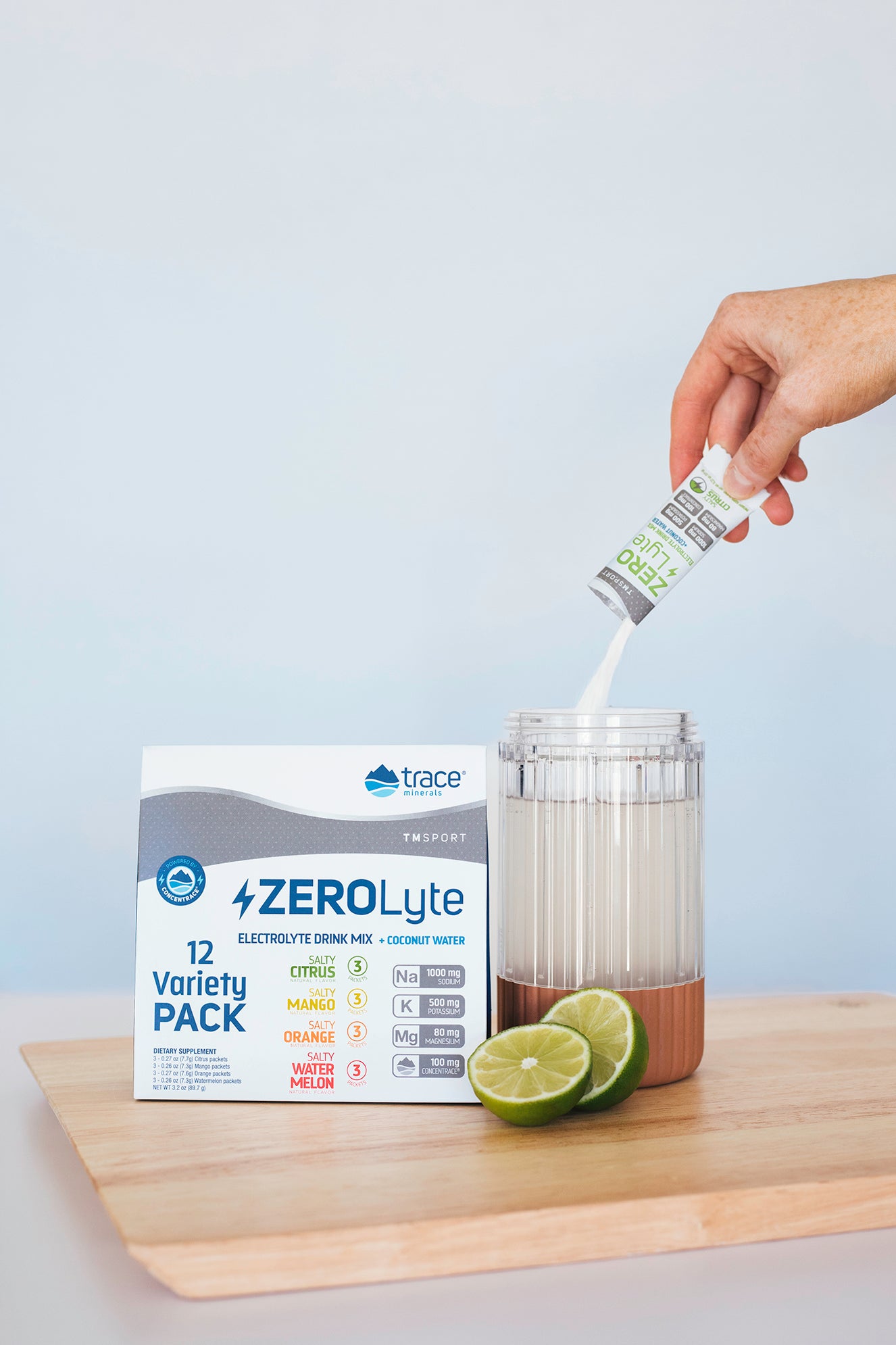By Dr. Chris Meletis N. D.
The human body contains a massive amount of ongoing chemical reactions. The majority of these processes occur within our cells, the smallest building blocks of our bodies. Like any other factory, the body produces wastes that can be quite toxic to the body if not disposed of properly. A large percentage of waste from our cells finds it’s way into the blood stream. These wastes can alter the environment of the blood in a negative way if they are not rapidly metabolized. One of the major cellular waste products are hydrogen ions. These ions are responsible for changing the environment of the blood, mainly by making the blood more or less acidic, which can be very detrimental to the functioning of other bodily processes.
In the science of chemistry, the degrees of acidity or alkalinity of a substance are expressed in pH values. The pH system, or potential of hydrogen, is measured on a scale from 0 to 14. The point at which is substance is neither acidic nor alkaline is measured at point 7. Increasing acidity is displayed as any number less than 7, while increasing alkalinity is expressed as any number above 7. Thus, maximal acidity is measured at 0, while maximal alkalinity is measured at 14. Additionally, each unit on the scale is logarithmically derived, meaning that there is a factor of ten between each digit. So, a pH of 2 is ten times more acidic than a pH of 3, and a pH of 1 is 100 times more acidic than a pH of 3.
The pH of blood is closely maintained between 7.45 and 7.35. More specifically, the blood within the arterial system stays near 7.45 while the blood within the veins stays near 7.35. Venous blood is more acidic due to the large amounts of hydrogen ions indirectly produced from carbon dioxide that is released from the tissues. It is noteworthy to point out that the chemically neutral mark for blood is a pH of 7.4, which is slightly more alkaline than the standard neutral point of 7.0. Death may rapidly occur if the blood pH falls outside the range of 6.8 to 8.0 for more than a few seconds, as a blood pH outside of this range is incompatible with life. This fact greatly relays the importance of careful regulation of hydrogen ion concentration in the body.
Regulation of pH is also referred to as acid-base balance. The body is constantly working to maintain a balance between too many acid products and too many alkaline, or basic products. Normally, the body is able to maintain an acid-base balance with little difficulty. The lungs and the kidneys are the primary organs by which the body regulates its supply of acids and bases. It is when we do not have enough raw materials for the body to accomplish its task that we run into problems with acid-base balance. Even small changes in acid-base balance can have dramatic effects on the normal function of cells within our bodies. For instance, one of the main manifestations of acidosis is a depressive effect on the central nervous system. This may be experienced as disorientation and in more severe episodes as coma. Conversely, a person who tends to have more alkaline blood will experience overexciteabilty of the nervous system, seen as nervousness, tingling, spasms, and twitches of the muscles. Excessive alkalinity that is not promptly addressed can lead to violent muscle spasms and convulsions.
The most important nutrients in our bodies for maintaining acid-base balance are certain minerals. More specifically, sodium, potassium, chloride, and bicarbonate (a combination of hydrogen, carbon, and oxygen molecules) are responsible for the precise balance involved. Physicians routinely analyze the proportions of these elements in order to determine one’s relative acid-base concentrations. By fine-tuning the relative amounts of these elements in the blood, many practitioners of natural medicine can work to improve their patient’s overall balance with the environment. The amounts of sodium, potassium, chloride and bicarbonate can be mathematically compared to arrive at a general consensus in regard to how well the body is dealing with it’s production of hydrogen, a waste product. As stated earlier, a buildup of hydrogen can lead to imbalances in the acid-base ratio. If the physician finds an unusual ratio between those different elements, he/she may suspect an irregularity in the production and clearance of hydrogen in the patient. Natural medicine practitioners will then design and implement a treatment geared toward correcting this imbalance, by intervening with strategic use of absorbable minerals and trace minerals to re-establish a healthful balance.
Analyzing acid-base balance and the concentrations of minerals in the blood provide yet another way for the practitioner of natural medicine to address the ability of the body to maintain homeostasis, or balance. By supplying the body with enough of the smaller, lesser known substances found in nature, physicians can steer how the body reacts to it’s own internal production of wastes and to external influences on it’s health. Additionally, by preventing excessive fluctuations in acid-base balance, the body may be more apt to heal itself from chronic forms of illness. Thus in summary, maintaining the complex functioning of the body’s tightly regulated pH system requires maintaining proper mineral and trace mineral levels to sustain optimal and healthful balance.
References:
1. Sherwood. L. Human Physiology From Cells to Systems, 3rd Edition. 1997
2. J Hooper, WJ Marshall, AL Miller. Log-jam in acid-base education and investigation: why make it so difficult? Annals of Clinical Biochemistry 1998 35: 85-93.
3. Schlichtig R, Grogono AW, Severinghaus JW: Current status of acid-base quantitation in Physiology and Medicine. Anesthesiology Clinics of North America, March.16:211-233. 1998
4. Schlichtig R, Grogono AW, Severinghaus JW: Human PaCO2 and Standard Base Excess Compensation for Acid-Base Imbalance. Critical Care Medicine. 26:1173-1179. 1998.
5. Grogono AW, Byles PH, Hawke W: An in-vivo representation of acid-base balance. Lancet, ii:499, 1976.







